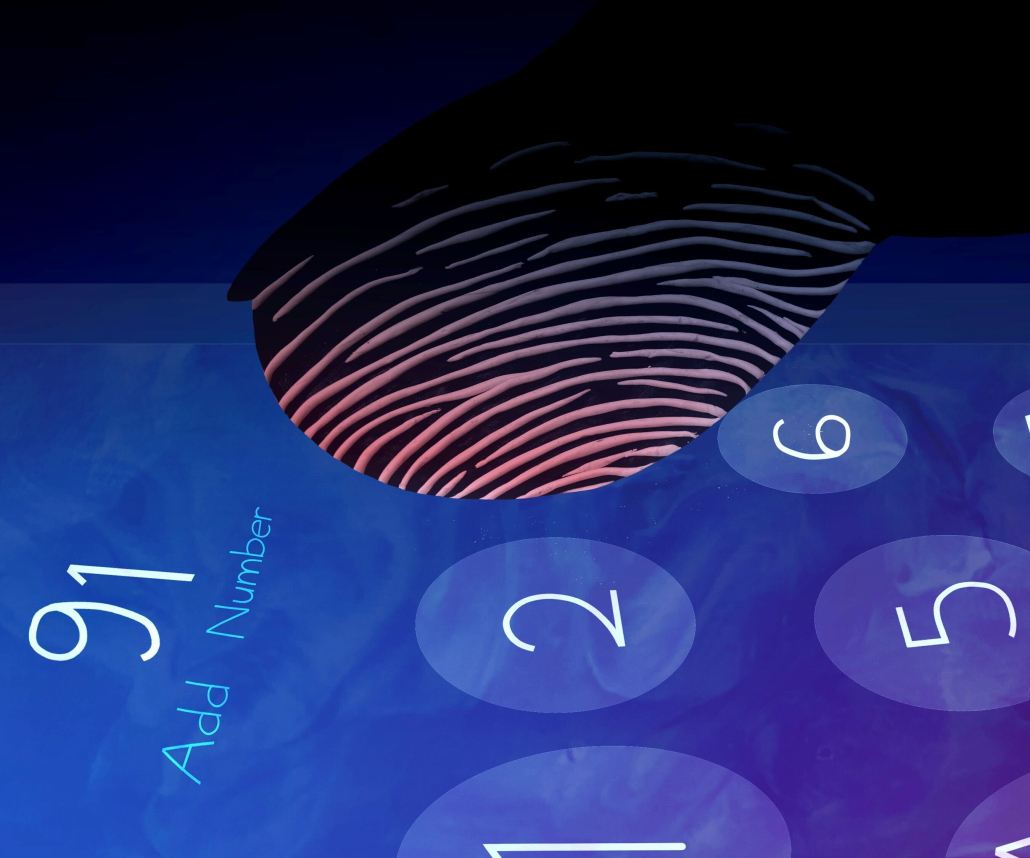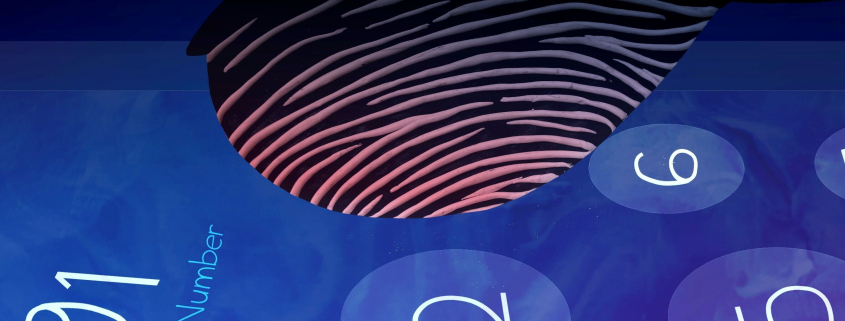911 call analyses do not belong in court

Most people call 911 on the worst days of their lives. A loved one has passed, a traumatic event has occurred or danger is present. In these moments of utter shock, panic, horror and pain, few compose themselves before dialing the three digits. Yet, unbeknownst to the caller, a case may be building against them the moment dispatch answers.
“Please.” “Blood.” “Somebody.” “Thank you.” These innocuous words and phrases, as well as dozens more, are now an indictment that effectively erases one’s presumption of innocence.
According to Brett Murphy of ProPublica, 911 call analyses were first pushed by Tracy Harpster, former Ohio deputy police chief, in 2006 to be used in investigations and prosecutions. Since then, dispatchers, police officers and prosecutors are routinely trained to use the technique across the country. Alleged indicators appear in court again and again, putting people behind bars on the misguided belief that 911 call analysis is anything more than pseudoscience.
Despite its prevalence, Harpster’s campaign to legitimize 911 call analysis was based on his own research, which used a mere 100 phone calls to 911 to initially develop the technique. The results have also been effectively debunked in the years since, as Harpster’s results have never been corroborated across five replicate studies, and many researchers caution against its use in criminal proceedings.
I’ve learned firsthand that no trauma is like another. When I was a veterinary assistant in high school, I assisted in many euthanasia and trauma cases. I witnessed raw grief and shock in all its forms. No one behaved similarly. There was no pattern to discern. Some were incoherent, some were calm, others angry. Some cried uncontrollably and some didn’t cry at all. Had I attempted to characterize these individuals based off of their reaction to a truly horrible moment in their lives, I would fail. Because, while investigators might wish for some secret “normal” response that easily and accurately separates the inauthentic from the authentic, no such norm exists.
The original exploratory study that launched the 911 call analysis also studied a sample which was not representative of the greater population, with two-thirds of callers identifying as white, ProPublica reported.
And while these reports are unreliable in all situations, it’s important to highlight how neurodivergent individuals have seemingly been erased from consideration in this form of analysis altogether. For example, disfluent speech is common among people with autism, people with developmental disabilities and those who have mental illnesses.
In 2013, Missouri prosecutor Leah Askey, who was an avid follower of Harpster’s research, used his methods against Russ Faria — a man convicted of killing his wife. Askey’s main piece of evidence was Faria’s distraught 911 call, claiming it was staged. Despite objections from other lawyers, the testimony was approved and resulted in Faria sentenced to a life in prison.
Two years later, Faria was granted a retrial and was found not guilty with the investigation turning to Pam Hupp, a friend of Faria’s wife who is currently serving a life sentence for the murder of Louis Gumpenberger. Hupp was formally charged for the murder of Faria’s wife in 2021 and is awaiting trial in prison.
But nothing changes the fact that Faria spent three and a half years in prison for a murder he didn’t commit, mourning the death of his wife alone.
It is unacceptable and wholly unethical to create a speech analysis curriculum that implicitly teaches future practitioners to view white, neurotypical individuals as the norm of innocence. Especially when the consequences are this severe.
Proponents of the technique might argue that it isn’t meant to be conclusive, but rather a jumping off point. But when misguided assumptions are permitted, especially at the very start of an investigation, it can only work as a corrosive, eating away at the truth and leading investigators down a biased path with devastating ramifications.
All training and use of the 911 call analysis technique should be discontinued immediately. It’s desolating to me that this is a point that must be argued, but police officers and prosecutors should be taught to look at the facts of a case alone, and treat every person as a unique human being with their own individual speech pattern and trauma response.

